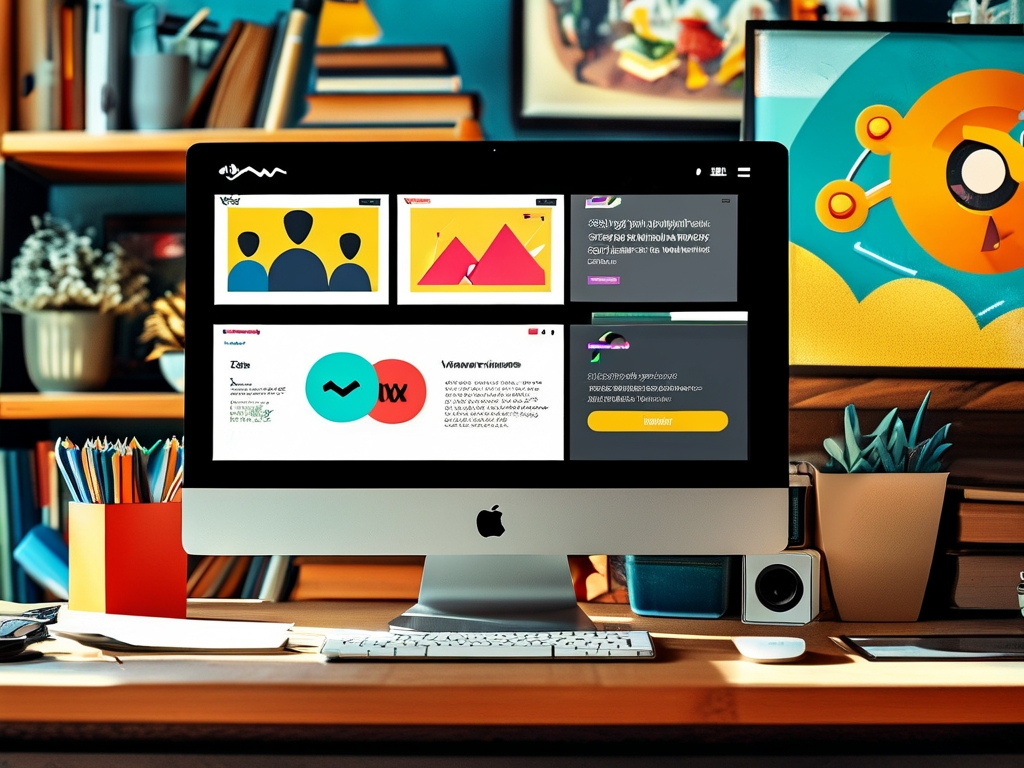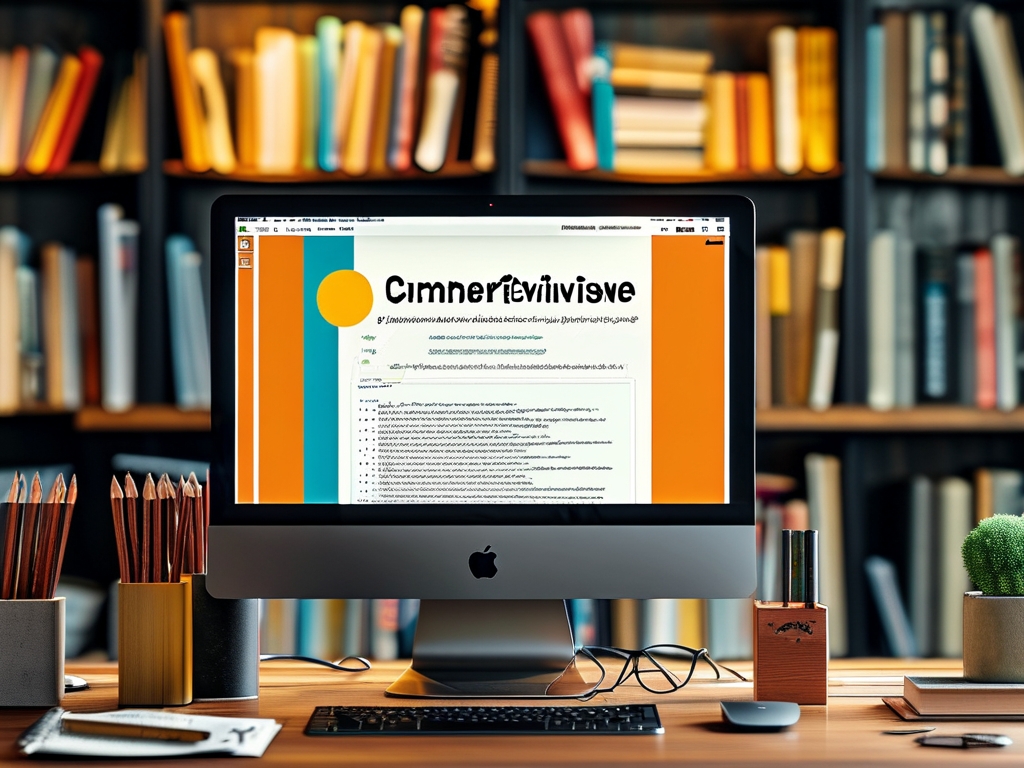In the realm of modern front-end development, component communication stands as a critical interview topic that separates junior developers from mid/senior-level candidates. This comprehensive guide explores 7 essential component communication patterns, complete with code examples and real-world application scenarios.
1. Props-Based Parent-Child Communication
The fundamental method in React/Vue applications:
// Parent Component
function Parent() {
const [data, setData] = useState('Hello from Parent');
return <Child message={data} />;
}
// Child Component
function Child({ message }) {
return <div>{message}</div>;
}
Key considerations:
- Unidirectional data flow
- Prop validation requirements
- Performance implications for complex objects
2. Context API for Cross-Level Communication
Solution for component tree penetration:
const ThemeContext = createContext('light');
function App() {
return (
<ThemeContext.Provider value="dark">
<Toolbar />
</ThemeContext.Provider>
);
}
function Toolbar() {
const theme = useContext(ThemeContext);
return <div>Current theme: {theme}</div>;
}
Best practices:
- Avoid overusing for simple cases
- Combine with useReducer for complex state
- Performance optimization strategies
3. State Management Libraries (Redux/Vuex)
Enterprise-level solution for complex applications:
// Action Creator
const fetchUser = (userId) => async (dispatch) => {
const user = await API.fetchUser(userId);
dispatch({ type: 'USER_LOADED', payload: user });
};
// Component Connection
const mapState = (state) => ({ user: state.user });
connect(mapState, { fetchUser })(UserProfile);
Architectural considerations:
- When to introduce state management
- Middleware integration (e.g., Redux-Thunk)
- Normalization techniques for complex data
4. Event Bus Pattern
Decoupled communication for Vue applications:

// Event Bus Instance
const eventBus = new Vue();
// Component A
eventBus.$emit('custom-event', payload);
// Component B
eventBus.$on('custom-event', handleEvent);
Cautionary notes:
- Memory leak prevention
- Namespacing best practices
- Alternative patterns in React ecosystems
5. DOM Manipulation Techniques
Traditional approach for vanilla JS projects:
// Custom Event Dispatch
const event = new CustomEvent('statusUpdate', {
detail: { newStatus: 'active' }
});
element.dispatchEvent(event);
// Event Listening
document.addEventListener('statusUpdate', (e) => {
console.log('Status changed to:', e.detail.newStatus);
});
Modern alternatives:
- Web Components communication
- Shadow DOM considerations
- Browser compatibility issues
6. URL Parameter Sharing
State persistence through routing:
// React Router Example
history.push('/dashboard?filter=recent');
// Parameter Parsing
const query = new URLSearchParams(location.search);
const filter = query.get('filter');
Implementation patterns:
- State serialization techniques
- History management
- Security considerations
7. Web Storage Synchronization
Cross-tab communication solution:
// LocalStorage Listener
window.addEventListener('storage', (event) => {
if (event.key === 'appState') {
updateState(JSON.parse(event.newValue));
}
});
// State Update Handler
function updateGlobalState(newState) {
localStorage.setItem('appState', JSON.stringify(newState));
}
Advanced techniques:
- Storage event limitations
- SessionStorage vs LocalStorage
- Storage quota management
Interview Preparation Strategy
- Master at least 3 patterns in depth
- Understand performance tradeoffs
- Prepare real-project examples
- Anticipate edge case questions
- Practice diagramming communication flows
Common Interview Questions
- "Compare props drilling vs context API"
- "When would you choose Redux over Context?"
- "How to handle communication between sibling components?"
- "Explain the Flux architecture pattern"
- "Debugging strategies for broken component communication"
Performance Considerations
- Memoization techniques for props
- Selective context consumers
- Event listener cleanup
- State normalization
- Debouncing frequent updates
Emerging Patterns
- React Server Components communication
- Zustand state management
- Vue Composition API provide/inject
- Web Workers messaging
- WebSocket integration
Mastering component communication requires understanding both fundamental patterns and modern ecosystem developments. Interviewers typically look for candidates who can articulate tradeoffs between different approaches and select appropriate solutions based on specific application requirements. Practice implementing these patterns in realistic scenarios and be prepared to discuss your architectural decisions during technical interviews.










